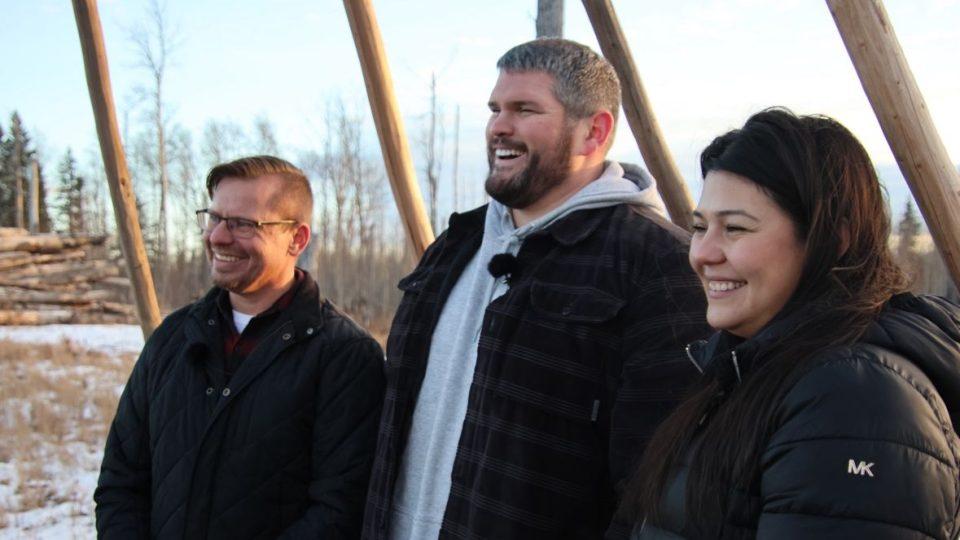The Indigenous Resource Network (IRN) is pushing back on Canada’s proposed framework to cap emissions from the oil and gas sector.
IRN executive director John Desjarlais says the proposal directly contradicts Canada’s support for the United Nations Declaration on the Rights of Indigenous People (UNDRIP).
He says the plan would cap opportunity for Indigenous communities as more take on ownership positions in major energy projects from oil and gas pipelines to liquefied natural gas terminals and carbon capture and storage projects.
Here’s what Desjarlais told CEC.
CEC: From the perspective of Indigenous communities across Canada who are involved in natural resources development, what’s your take on the federal government’s proposed oil and gas emissions cap?
John Desjarlais: There’s a lot of confidence that it will curtail production as well, and obvious concern that it’s going to mean less opportunity.
We’ve heard from communities that are saying we’re involved already in emissions reduction. There are communities that just want to advance their opportunities in that space. And it’s at a time when there’s probably the greatest appetite for Indigenous involvement, not just in ownership, but advanced business development and procurement. [It could] mean less jobs, less procurement, less ownership opportunity, less investment.
There are concerns that these impacts are not being heavily understood, measured, contemplated or considered in terms of the policy development and implementation.
CEC: How does being involved in oil and gas development benefit Indigenous communities?
JD: There’s a suite of benefits that are coming from increased engagement, and it’s much deeper than just jobs.
Communities are now jumping into revenue generating assets where they’re creating immediate cash flow, which is allowing them to start to self-determine and invest back into their community either through economic development or through infrastructure programming.
The other side to it is just the capacity that comes from being involved as an owner. Indigenous business and community leaders are being exposed to the requirements and the acumen needed to successfully participate in the ownership of decision making. That’s accelerating the development of the acumen and capacity of different indigenous communities at greater rates
CEC: How many communities would you estimate are now participating at this level?
JD: There’s probably upwards directly of at least 100 different communities now. There are double-digit communities that are involved in at least four or five different deals that are directly involved in the ownership and the benefit side, and then there’s cascading involvement of all the surrounding communities through procurement opportunities and employment. It’s growing quite quickly.
CEC: Why do you say the proposed emissions cap contradicts the United Nations Declaration on the Rights of Indigenous People?
It’s a policy that’s created to achieve certain goals. Creating those types of targets without Indigenous oversight – not just input, [but] oversight and ownership – is problematic because it contradicts the UNDRIP action plan in terms of stepping out of the way of affording Indigenous peoples and communities the ability to self-determine; to invest where they want to invest, and to grow how they want to grow.
We hear a lot of community leaders say, ‘we know what’s best for our territories.’ To have policy that limits our ability to make the decisions we want to make in regard to environmental and economic sustainability is a challenge.
CEC: What would you like to see happen?
JD: It’s a little hard to roll back and involve communities in a total redesign, but at least if we saw an understanding that there’s certainly going to be an economic impact. If there’s a production cap aspect to it, there’s going to be an economic impact to those Indigenous communities that have established livelihoods and revenue streams.
There’s the sentiment that if the government truly is advancing this in the direction that they are, then would they consider omission of Indigenous activity so they can continue advancing their economic interests and growth?
Ideally, [there would be] a policy that’s created in line with UNDRIP that works for communities, industries and governments in their goals.
The unaltered reproduction of this content is free of charge with attribution to Canadian Energy Centre Ltd.
